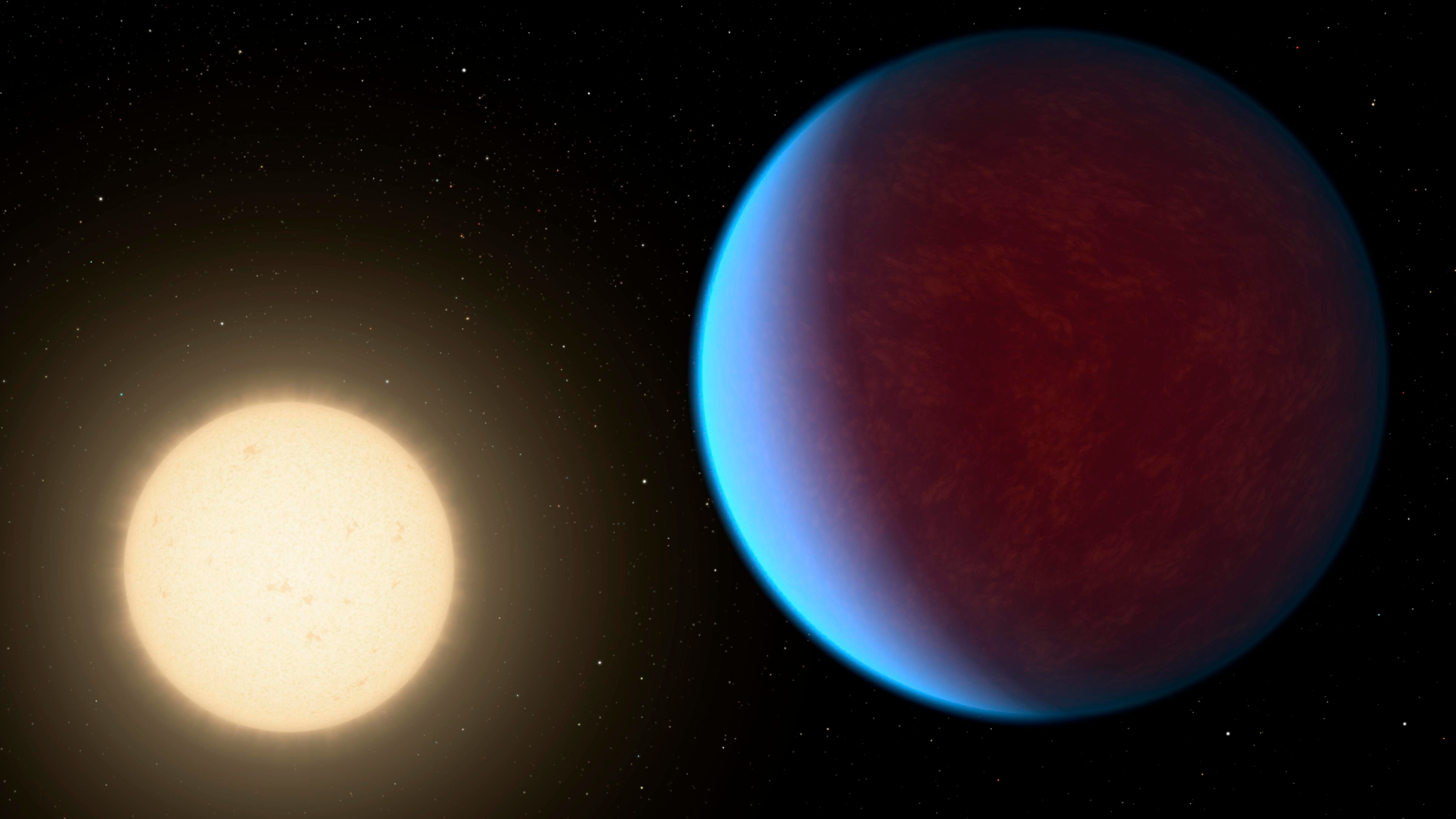Scientists discover atmosphere on super Earth planet that could pave way for life
Scientists say the discovery is a sign that other such planets with atmospheres could exist that may be hospitable

Your support helps us to tell the story
From reproductive rights to climate change to Big Tech, The Independent is on the ground when the story is developing. Whether it's investigating the financials of Elon Musk's pro-Trump PAC or producing our latest documentary, 'The A Word', which shines a light on the American women fighting for reproductive rights, we know how important it is to parse out the facts from the messaging.
At such a critical moment in US history, we need reporters on the ground. Your donation allows us to keep sending journalists to speak to both sides of the story.
The Independent is trusted by Americans across the entire political spectrum. And unlike many other quality news outlets, we choose not to lock Americans out of our reporting and analysis with paywalls. We believe quality journalism should be available to everyone, paid for by those who can afford it.
Your support makes all the difference.A thick atmosphere has been detected around a planet that’s twice as big as Earth in a nearby solar system, researchers said.
The so-called super Earth — known as 55 Cancri e — is among the few rocky planets outside our solar system with a significant atmosphere, wrapped a blanket of carbon dioxide and carbon monoxide. The exact amounts are unclear. Earth’s atmosphere is a blend of nitrogen, oxygen, argon and other gases.
“It’s probably the firmest evidence yet that this planet has an atmosphere,” said Ian Crossfield, an astronomer at the University of Kansas who studies exoplanets and was not involved with the research.
Super Earth refers to a planet’s size — bigger than Earth but smaller than Neptune. The boiling temperatures on this planet — which can reach as hot as 4,200 degrees Fahrenheit (2,300 degrees Celsius) – mean that it is unlikely to host life.
Instead, scientists say the discovery is a promising sign that other such rocky planets with thick atmospheres could exist that may be more hospitable.
The exoplanet 41 light years away is eight times heavier than Earth and circles its star Copernicus so closely that it has permanent day and night sides. A light-year is nearly 6 trillion miles (9.7 trillion kilometers). Its surface is encrusted with magma oceans.

To identify the makeup of its atmosphere, researchers studied Webb Space Telescope observations before and after the planet passed behind its star.
They separated the light emitted from the planet versus its star and used the data to calculate the planet's temperature. There's evidence the planet's heat was being distributed more evenly across its surface – a party trick atmospheres are known for.
Gases from its magma oceans may play a key role in holding its atmosphere steady. Exploring this super Earth may also yield clues to how Earth and Mars might have evolved first with magma oceans that have since cooled, scientists say.
“It’s a rare window,” said Renyu Hu, a planetary scientist at NASA's Jet Propulsion Laboratory, who was part of the research. “We can look into this early phase of planet evolution.”
The research was published in the journal Nature.